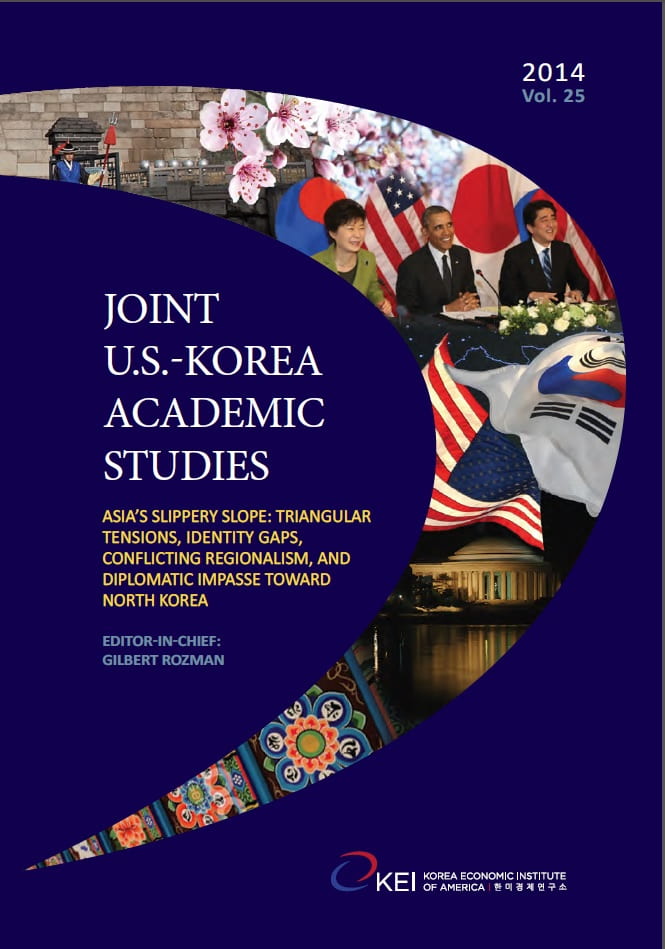Summary
The major international structural changes over the last 25 years—the end of the Cold War and rapid ascent of China—have direct impact on India’s national interests. The dominant strategic theory of realism would predict that given the emergence of China as a great power in the Asia-Pacific, and the loss of its erstwhile partner, the Soviet Union, India would seek to bolster its power through external or internal balancing. Given its asymmetrical power with China, the unresolved border dispute, and the history of the 1962 war, realist logic sees India and the United States as natural partners against a common threat from the rising power of China. But at the end of the Cold War, India also faced an economic crisis that fundamentally changed the outlook toward liberalization, which over time has pushed India closer to China, as well as to the United States. Amidst these strategic and economic shifts, the question that this chapter seeks to answer is the extent to which Indian foreign policy has been responsive to realist expectations. The chapter concludes that realist explanations fall short on a range of Indian foreign policy issues related to the United States and China, shortcomings that are best understood by an examination of India’s national identity through its changing domestic foreign policy discourse.
I begin by giving a brief overview of India’s strategic discourse, and the new identity debates that are being spawned over Indian foreign policy as a rising power. I then turn to Indian foreign policy toward the United States and China and lay out what realist expectations would be. To assess the validity of the realist approach, I consider evidence from two specific issues that favor the realist approach in predicting Indian policy: reactions to the U.S. pivot or rebalance; and reactions to a huge trade deficit with China. I view these two issues as critical to the formulation of India’s Asia-Pacific strategy. I then identify gaps in realist explanations and bring in identity factors as revealed in India’s domestic discourse that, I argue, address these gaps. In conclusion, I sketch out how domestic contestation over India’s foreign policy interests may lead to several possible scenarios for India’s strategy toward the Asia-Pacific.

